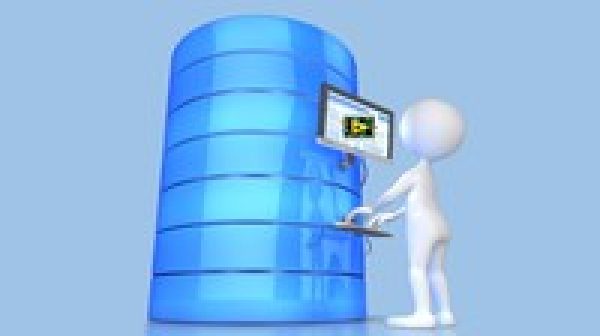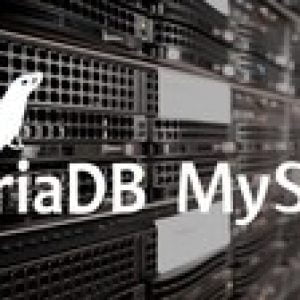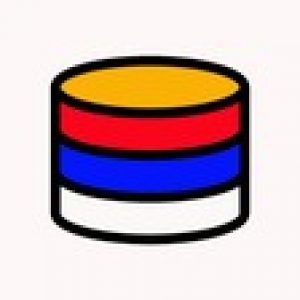
Laboratory Virtual Instrument Engineering Workbench (LabVIEW): is a system–design platform and development environment for a visual programming language from National Instruments.
The graphical language is named G ; not to be confused with G–code. LabVIEW originally developed the G dataflow language, LabVIEW is commonly used for data acquisition, instrument control, and industrial automation on a variety of operating systems (OSs), including Microsoft Windows as well as various versions of Unix, Linux, and macOS.
LabVIEW integrates the creation of user interfaces (termed front panels) into the development cycle. LabVIEW programs–subroutines are termed virtual instruments (VIs). Each VI has three components: a block diagram, a front panel, and a connector pane. The last is used to represent the VI in the block diagrams of others, called VIs. The front panel is built using controls and indicators. Controls are inputs: they allow a user to supply information to the VI. Indicators are outputs: they indicate, or display, the results based on the inputs given to the VI. The back panel, which is a block diagram, contains the graphical source code. All the objects placed on the front panel will appear on the back panel as terminals. The back panel also contains structures and functions which perform operations on controls and supply data to indicators. The structures and functions are found on the Functions palette and can be placed on the back panel. Collectively controls, indicators, structures, and functions are referred to as nodes. Nodes are connected to one another using wires, e.g., two controls and an indicator can be wired to the addition function so that the indicator displays the sum of the two controls. Thus, a virtual instrument can be run as either a program, with the front panel serving as a user interface, or, when dropped as a node onto the block diagram, the front panel defines the inputs and outputs for the node through the connector pane. This implies each VI can be easily tested before being embedded as a subroutine into a larger program.
Specification: My SQL using LabVIEW 2022
|
User Reviews
Be the first to review “My SQL using LabVIEW 2022” Cancel reply
This site uses Akismet to reduce spam. Learn how your comment data is processed.

| Price | $14.99 |
|---|---|
| Provider | |
| Duration | 2 hours |
| Year | 2022 |
| Level | Intermediate |
| Language | English |
| Certificate | Yes |
| Quizzes | Yes |







There are no reviews yet.